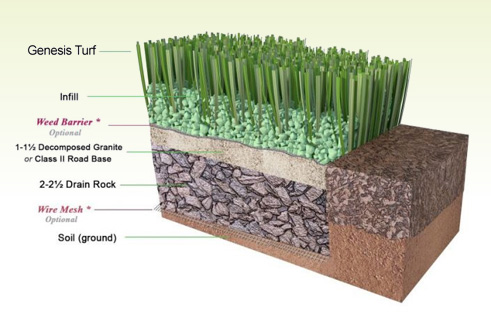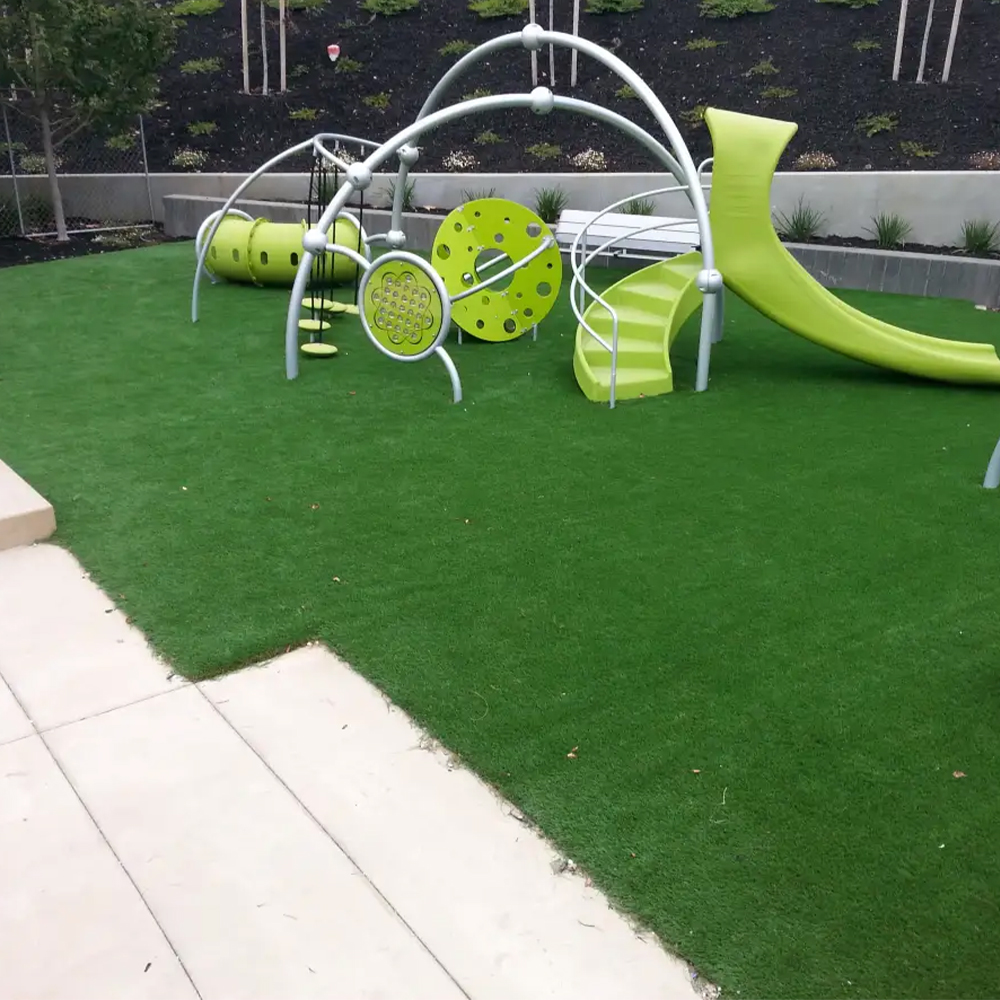Explore the Environmental Perks of Opting for Synthetic Grass Solutions
The fostering of synthetic lawn services offers an engaging chance to deal with pushing environmental challenges. By significantly lowering water use and lessening the application of dangerous chemicals, these options not only advertise sustainable landscape design however also shield neighborhood ecological communities. Additionally, the lower carbon impact connected with decreased maintenance tasks adds to an extra sustainable strategy to land administration. Nonetheless, the effects of these benefits prolong beyond plain conservation efforts, questioning concerning their long-term influence on environment preservation and general ecological balance. Exploring these measurements exposes a complex interaction worth taking into consideration.
Water Conservation Perks
Among one of the most substantial benefits of synthetic grass is its capability to save water. Conventional lawn lawns call for significant irrigation, especially in areas prone to dry spell or water constraints. On the other hand, synthetic grass does not need watering, dramatically lowering the total need for water resources. This feature is particularly valuable in deserts where water shortage is a pressing issue.
By eliminating the requirement for regular watering, fabricated lawn contributes to lasting landscape practices and assists reduce the ecological effect of too much water consumption. Furthermore, the conservation of water encompasses the decrease of runoff, which can bring about soil disintegration and waterway contamination.
Additionally, the setup of synthetic grass enables towns and homeowners to assign water sources more effectively, concentrating on essential uses such as alcohol consumption water and agriculture. The shift towards synthetic grass not only promotes liable water use yet also lines up with broader environmental objectives focused on protecting all-natural resources.
As communities increasingly focus on sustainability, the water preservation advantages of synthetic grass provide an engaging case for its fostering in domestic and commercial landscaping projects.
Reduced Chemical Usage
The change to artificial grass considerably lowers the reliance on chemical treatments generally used in natural grass maintenance. Conventional grass monitoring normally entails the application of pesticides, herbicides, and plant foods to advertise growth and control bugs. These chemicals can posture threats to human health, local wild animals, and the setting, contributing to soil and water contamination.
In comparison, man-made turf removes the requirement for these damaging substances. By decreasing the launch of synthetic substances into the ecosystem, artificial lawn advertises healthier dirt and water systems.
Additionally, the absence of chemical drainage related to artificial grass setups aids secure local rivers from pollution, sustaining marine life and preserving biodiversity. Phoenix turf companies. As neighborhoods significantly prioritize lasting practices, going with synthetic grass provides a viable option that aligns with environmental preservation goals. Via this shift, homeowner can take pleasure in lavish eco-friendly rooms without endangering ecological health and wellness, leading the way for an extra lasting future
Reduced Carbon Impact

Additionally, the installment of synthetic grass can result in significant water conservation. Natural yards require significant amounts of water for watering, which not only includes to the carbon footprint connected with water removal and therapy yet additionally strains local water resources. On the other hand, man-made lawn needs very little maintenance, needing no watering, consequently significantly decreasing water usage and its connected power expenses.
In addition, the long life of synthetic grass contributes to its decreased carbon influence. With a life-span of as much as 15 years or even more, the need for frequent replacements is decreased, leading to much less waste and lower energy usage in manufacturing and throwing away standard turf choices. Overall, synthetic grass provides a lasting option for eco mindful landscape design.
Habitat Preservation
Habitat preservation is a crucial consideration in the debate over landscape design choices, particularly when comparing synthetic grass to natural lawn. Natural lawn yards frequently call for extensive maintenance, including using fertilizers, herbicides, and chemicals, which can detrimentally impact local ecosystems. These chemicals can leach right into the soil and rivers, harming indigenous flora and animals and disrupting neighborhood habitats.
In comparison, synthetic turf presents an opportunity to decrease the ecological impact of landscape design. By choosing for artificial turf, house owners can lessen the disturbance of all-natural environments related to standard grass care techniques. Fabricated lawn their explanation gets rid of the need for damaging chemicals, thereby shielding nearby wildlife and maintaining the honesty of surrounding ecological communities. Additionally, the installation of synthetic grass can lead to the conversion of former lawn locations right into more biodiverse landscapes, such as pollinator gardens or native plant areas, which can support neighborhood wild animals.
Inevitably, the change to fabricated grass not only conserves water and reduces upkeep initiatives yet additionally cultivates a much more unified connection between human activities and the natural surroundings, promoting habitat preservation in the procedure.
Long-Term Sustainability
Lasting sustainability is a vital consider assessing the advantages of synthetic grass over conventional turf yards. One of the most substantial advantages of synthetic grass is its resilience; it can last as much as 15-20 years with very little maintenance, whereas natural lawn needs constant reseeding and replacement. This longevity reduces the demand for consistent sources, such as water, plant foods, and pesticides, which are important for maintaining a healthy and balanced yard lawn.
Additionally, artificial lawn adds to a reduction in carbon exhausts connected with lawn treatment equipment. Traditional grass typically need gas-powered mowers, leaners, and blowers, all of which contribute to air contamination. Arizona turf. On the other hand, fabricated grass eliminates the demand for such tools, promoting a cleaner setting
Furthermore, the manufacturing of artificial grass significantly utilizes recycled products, boosting its sustainability account. As producers embrace environment-friendly techniques, the environmental footprint of synthetic grass remains to decrease.

Conclusion
The fostering of synthetic grass solutions offers significant environmental advantages, including considerable water conservation, decreased reliance on dangerous chemicals, and a reduced carbon footprint. Fabricated lawn aids in preserving natural habitats by decreasing land disturbance and promoting long-lasting sustainability with the use of sturdy materials. Jointly, these factors highlight the possibility of synthetic grass to add positively to ecological health and provide a viable option to conventional landscape design methods in an increasingly resource-conscious world.
In comparison, synthetic lawn does not need watering, dramatically lowering the general need for water resources. By reducing the release of artificial compounds right into the ecological community, synthetic turf promotes healthier soil and water systems.
Moreover, the installment of artificial lawn can result in considerable water preservation. In contrast, artificial turf requires minimal maintenance, requiring no watering, thus considerably reducing water use and its connected energy prices.

Comments on “Weather-Resistant Arizona Artificial Turf for Home and Commercial Applications”